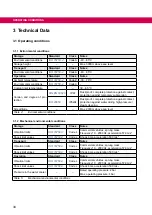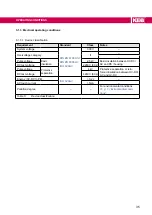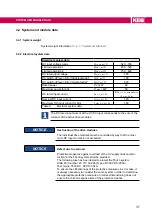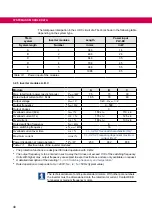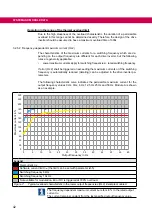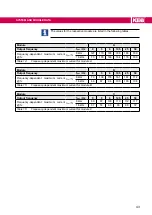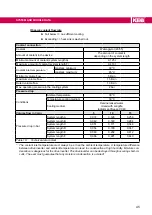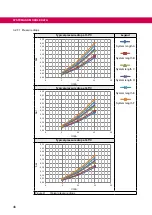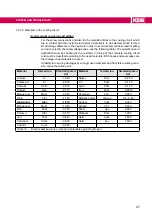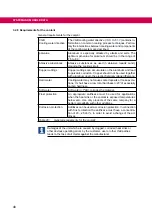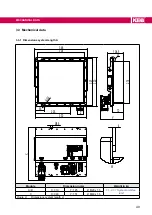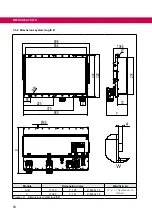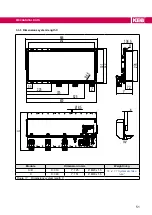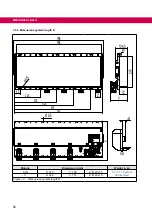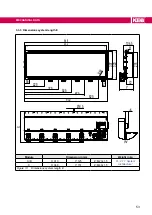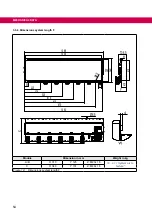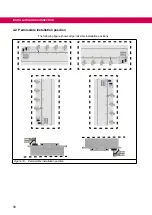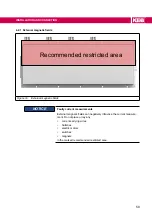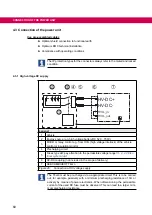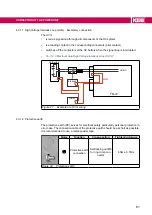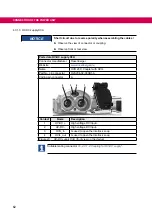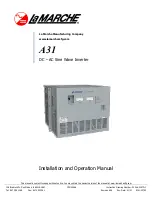
3.2.7.2 Materials in the cooling circuit
Avoid contact corrosion and pitting
For the screw connections and also for the metallic articles in the cooling circuit which
are in contact with the coolant (electrolyte) a material is to be selected, which forms a
small voltage difference to the heat sink in order to avoid contact corrosion and/or pitting
corrosion (electro-chemical voltage series, see the following table). The specific case of
application must be checked by the customer in tuning of the complete cooling circuit
and must be classified according to the used materials. With hoses and seals take care
that halogen-free materials are used.
A liability for occuring damages by wrongly used materials and from this resulting corro-
sion cannot be taken over!
Material
formed ion
Standard poten-
tial
Material
formed ion
Standard poten-
tial
Lithium
Li+
-3.04 V
Nickel
Ni2+
-0.25 V
Potassium
K+
-2.93 V
Tin
Sn2+
-0.14 V
Calcium
Ca2+
-2.87 V
Lead
Pb3+
-0.13 V
Sodium
Na+
-2.71 V
Iron
Fe3+
-0.037 V
Magnesium
Mg2+
-2.38 V
Hydrogen
2H+
0.00 V
Titan
Ti2+
-1.75 V
Stainless steel
various
0.2...0.4 V
Aluminium
Al3+
-1.67 V
Copper
Cu2+
0.34 V
Manganese
Mn2+
-1.05 V
Carbon
C2+
0.74 V
Zinc
Zn2+
-0.76 V
Silver
Ag+
0.80 V
Chrome
Cr3+
-0.71 V
Platinum
Pt2+
1.20 V
Iron
Fe2+
-0.44 V
Gold
Au3+
1.42 V
Cadmium
Cd2+
-0.40 V
Gold
Au+
1.69 V
Cobald
Co2+
-0.28 V
Table 19: Electrochemical series / standard potentials against hydrogen
47
SYSTEM AND MODULE DATA
Summary of Contents for COMBIVERT T6APD
Page 2: ......


